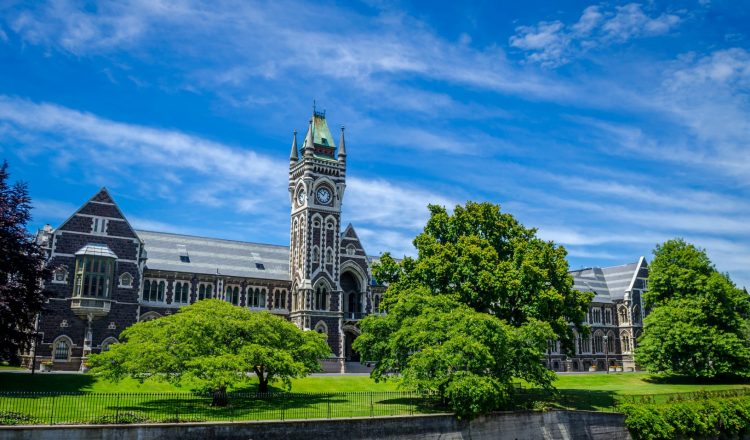학령 및 학년제
뉴질랜드에서는 만 6세에서 만 16세 사이의 모든 아동은 의무교육 대상입니다. 만 5세 ~ 6세 사이의 아동이 입학 대상이 되며, 대부분의 어린이들은 만 5세 때 학교에 다니기 시작합니다. 아무리 늦어도 모든 아동은 여섯 번째 생일까지 학교 또는 홈스쿨링에 등록해야 합니다. 입학한 후에는 타당한 이유(예: 병가)가 없는 한 매일 학교에 출석해야 합니다.
뉴질랜드 학년제는 13년이며 초등학교부터 시작합니다. 따라서 초등학교 첫 해를 ‘1학년’이라고 하고, 초등학교는 두 가지 형태가 있는데 이 중 초중등학교(Full primary school)인 경우 1학년에서 8학년까지, 일반 초등학교(contributing primary school)인 경우 한국과 마찬가지로 1학년에서 6학년까지 해당됩니다. 자녀가 일반 초등학교(contributing primary school)에 등록하는 경우, 7학년과 8학년 과정의 중학교(intermediate school)에 진학해야 합니다.
8학년까지 마친 학생은 고등학교(college, 또는 high school)에 진학하여 마지막 과정인 9학년 ~ 13학년을 다닙니다. 13학년을 마치기 전에 자퇴할 수 있으나, 만 16세 생일 전까지는 의무적으로 학교를 다녀야 합니다.
한국의 유학생이 뉴질랜드 학교에 등록하게 되면 대부분은 자기 나이 또래의 학생들과 동일한 학년에 배치됩니다. 예를 들어, 자녀가 만 10세인 경우 5학년이나 6학년에 들어갑니다. 그러나 자녀가 중등학교 연령 (만 12세 또는 13세)라면, 학력성취평가(NCEA) 자격을 이수할 시간까지 포함하느냐에 따라 어느 학년에 배치될지 달라집니다.

















































